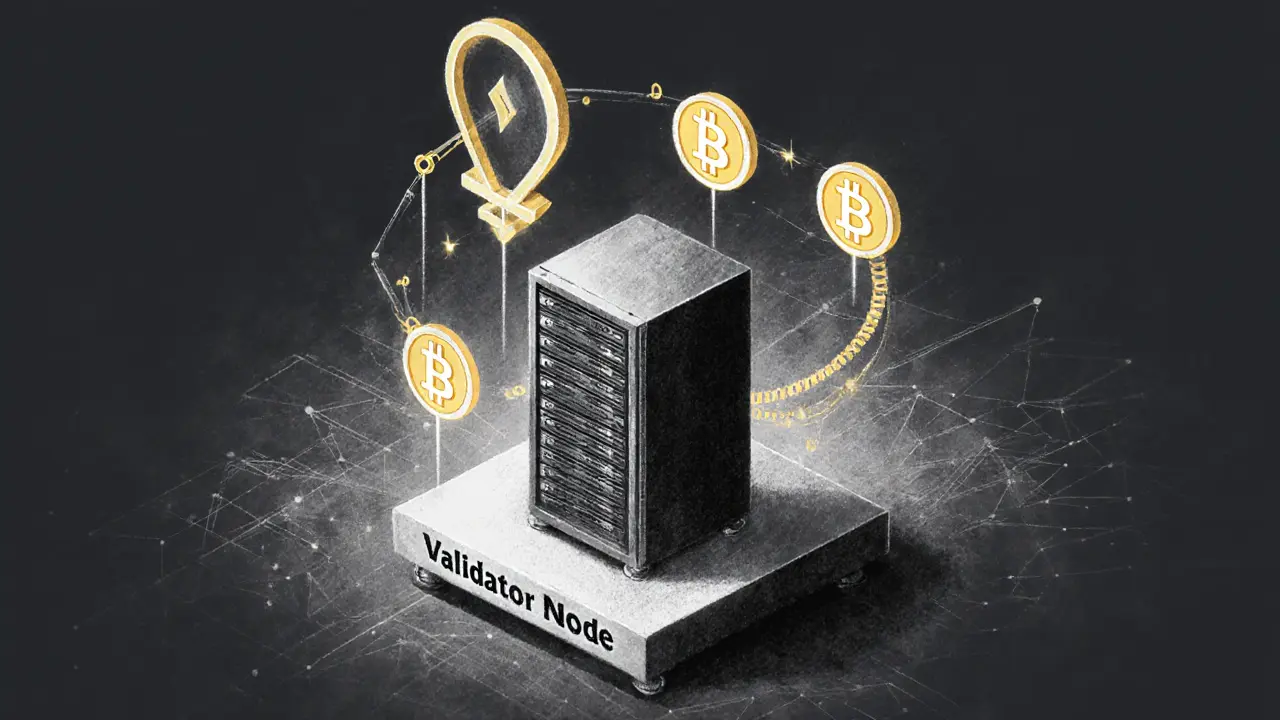Explore how validator rewards, commissions, slashing, and staking pools shape PoS blockchain economics and what it means for investors in 2025.
Validator Rewards: What They Are and Why They Matter
When diving into validator rewards, the periodic payouts that a blockchain validator earns for securing a network, you’re really looking at the core incentive that keeps proof‑of‑stake systems alive. Also called staking payouts, these rewards are generated every block, hour or day depending on the chain’s parameters. In plain terms, a validator locks up tokens, validates transactions, and the protocol spits out extra tokens as a thank‑you. This simple loop of lock‑tokens → validate → receive reward creates the security backbone of most modern networks.
Validator rewards don’t exist in a vacuum. They are tightly linked to staking, the act of depositing crypto to earn yield, and to the role of a blockchain validator, the node that proposes and attests to new blocks. The way the protocol distributes rewards—whether proportionally, through inflation, or via transaction fees—shapes how much each validator can earn. In short, validator rewards encompass the payouts that stem from staking and the specific reward distribution model used by the chain.
Key Factors Shaping Validator Rewards
First, the amount of tokens you stake directly influences your slice of the pie. Most networks use a proportional model: stake more, earn more, but only up to a point—some impose diminishing returns to prevent centralization. Second, the reward distribution, often a mix of newly minted coins and transaction fees, determines the total pool available each epoch. Third, network uptime and performance matter; missed blocks or downtime can slash your earnings, a penalty that encourages reliable operation.
Beyond the basics, many validators eye extra gains from crypto airdrops, where projects distribute free tokens to active participants. A solid track record of consistent rewards can make you a prime candidate for these drops, adding a layer of opportunistic income on top of the regular payouts.
Understanding these connections helps you gauge the real profitability of running a validator. For example, if a chain offers high inflation but low transaction fees, the reward distribution leans heavily on newly minted coins, which could dilute token value. Conversely, a fee‑rich environment can boost payouts without inflating supply, making the validator position more sustainable long‑term.
All of this sets the stage for the articles below. Whether you’re curious about the math behind reward formulas, looking for tips on maximizing uptime, or want to spot upcoming airdrops tied to validator activity, the collection offers practical insights you can apply right away. Dive in to see how real‑world examples illustrate each of these concepts.

